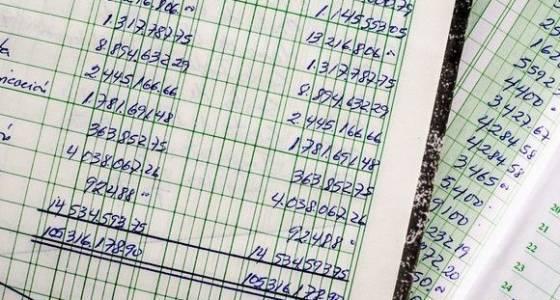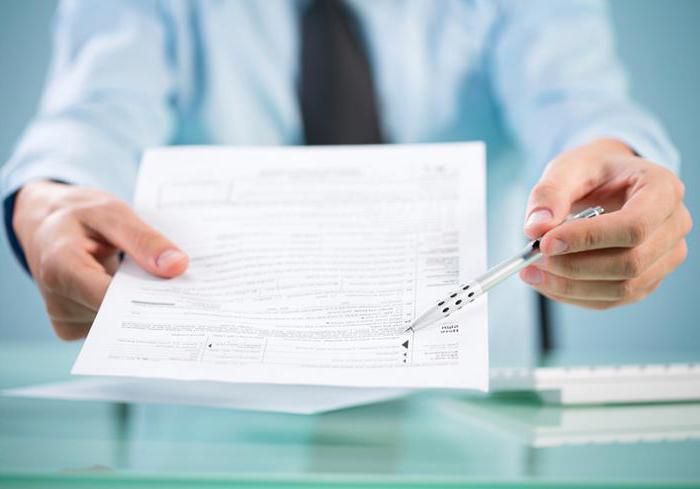A short-term liability is a debt that must be repaid for a period of up to 1 year. Payment is made from the current assets of the company. Further we consider this debt in detail.

general characteristics
When solving secondary problems, many firms are forced to use internal and external sources of financing. In the latter case, may occur long-term / short-term liabilities enterprises. One of the key tasks of management in this case is timely repayment of debt. From the moment of transfer, the money does not belong to the company. She only uses finances for a limited period - until the date of repayment of the debt.
Specificity
Speaking as one of forms of credit funds, debt has the following features:
- The total amount of loans affects the duration of the financial cycle of the company. In particular, the organization’s short-term liabilities adjust the amount of capital required to replenish current assets. The greater the debt, the less money the company will need to raise to meet current needs.
- Short-term liabilities of the company act as a free source of borrowed capital.
- The total amount of debt depends on the work of the company in the market. The more active the production, the higher the sale. Accordingly, costs increase. As a result, the amount of future expenses will increase. This, in turn, will create the prerequisites for attracting additional funds.

- An analysis of short-term liabilities for the future has, as a rule, an evaluation character. This is due to the fact that most of the amounts that form the basis of the debt, it is almost impossible to calculate. The main reason for this is the uncertainty of many parameters for the upcoming activities of the company.
- The amount of short-term debt directly depends on the frequency of payments on it. This allows you to establish the level and ability to regulate sources of funds during management.
- Short-term liabilities are repaid from current assets - resources used in daily business activities. This feature distinguishes this debt from the accepted for a long (more than a year) period. In addition, current liabilities can be converted into cash. Subsequently, it can be used for 1 balance period, which, as a rule, lasts a year.
- Short-term liabilities are reflected in the “Liability” section of the statements.
Share calculation
The debt in question is expressed as a coefficient. It shows the share of liabilities relative to total debt. To calculate the coefficient, the formula is used:
- Ccc = Co: (Co + Do), where:
Kkz - the desired coefficient;
To - short-term and long-term liabilities.
The obtained indicator reflects the dependence of the company on debts accepted for a period of up to 12 months. The higher the ratio, the greater the solvency and stability of the company.
Components of current liabilities
Debt accounting is a key task in the preparation of financial statements. All are subject to reflection borrowed funds firms. Current liabilities include:
- Dividends payable to founders (shareholders).
- Debts on promissory notes (short-term).
- Announcements.
- Accounts payable.
- Tax payments.
- Refundable deposits issued for a period of up to 12 months.
- Conditional payment.
- Debt on demand.
- Unearned income.
- Parts of long-term liabilities payable in a short period of time.
- Other debts with a maturity of less than 12 months.

Classification
Short-term liabilities can be divided into several groups:
- Operating These include rent, taxes, advances received by the company, debts on accepted raw materials, goods, etc., current mandatory contributions to the budget, accrued salaries to employees and the head.
- Short-term liabilities payable within one year from the date of the report. This group includes debts on non-current assets eg.
- Funds required to pay costs over the coming year. These include compensation to employees for vacations, bonuses and other expenses.
Conditional debt
Such short-term liabilities arise due to a number of factors that contribute to the emergence of uncertainty regarding future income or loss of the enterprise. For example, there is always the likelihood of a natural or man-made disaster in the territory where the company operates. Accordingly, this threat affects the production cycle. Estimated uncertainties are conventionally divided into types: the probability of an emergency can be large, small or medium.
Accounts payable
Usually it is called a payable account or a trading account. Accounts payable, in fact, is a standard form of payment for goods or services received by the company, as well as raw materials acquired in the course of its current activities. This type of obligation is used to pay for trade transactions that serve the key functions of the company. The debt repayment period is usually specified in the contract between the company and the supplier. The term may also be determined by the counterparty.
Bills
Such securities are used to solve the same problems as accounts payable. At its core, the bill acts as a means of payment of the company upon receipt of services and products not used in its main activities. Short-term securities may be secured or unsecured. It depends on the conditions on which the agreement is concluded. The security may be the right to seize property or a mortgage on a firm’s real estate. If the company has short-term liabilities in the form of such bills, it is necessary to accurately indicate in the financial statements the assets that guarantee their repayment. Securities may also be interest-free or interest-free. In the latter case, the rate is indicated on the bill. Interest-free securities, respectively, do not have this mark, however, an additional interest is paid.
Advances and deposits
Payments of this type are gaining more and more popularity recently. They are due to the presence of entrepreneurial risk in the implementation of economic activity, the conclusion of transactions. For example, an economic entity may request an advance, which, if the counterparty fails to fulfill the terms of the contract, will at least partially compensate the losses.
Other debts
Accrued payments include payments that relate to staff salaries, including senior staff, repayment of interest on a loan, etc. Taxes form a special item of expenses. It is invariably included in the structure of short-term debt. It includes all funds transferred to budgets of all levels. Part of the long-term liabilities payable within the specified period is taken into account when calculating the payments indicated above.

After evaluating the results of the company’s work and submitting the accounting documentation, the dividends payable to holders of shares and bonds are calculated. These payments are also classified as current liabilities. The liability balance sheet of the company also takes into account transfers according to creditors' requirements. An entity may have another category of current liabilities. It represents wage arrears. If the company has not made settlements with employees, outstanding funds are classified as current liabilities.








